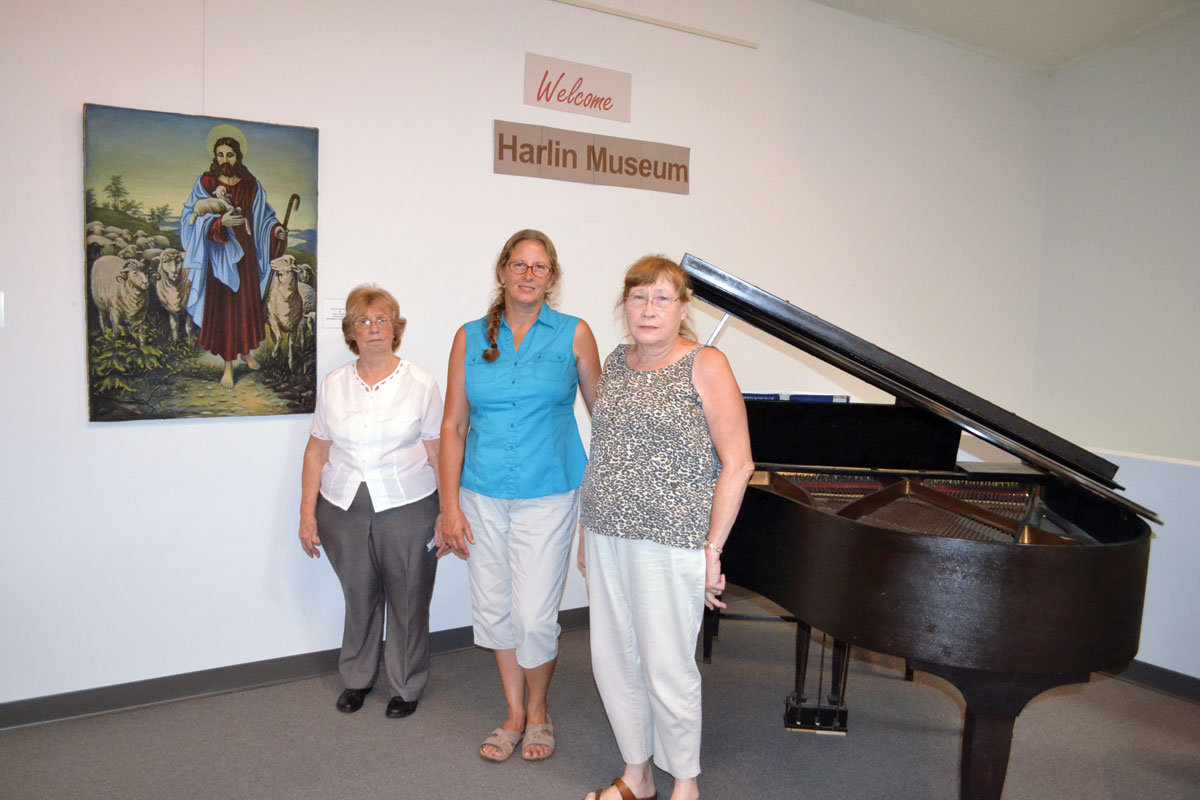 The Jenson Tunnel is Oklahoma’s first and only railroad tunnel
The Jenson Tunnel is Oklahoma’s first and only railroad tunnel
Indian Territory issues and the quest of American railroads to provide service to every area of the continent make the tiny dot on the map called Jensen Tunnel more than an historical footnote. It provides a snapshot into an important part of the past.
While information is scattered and sometimes contradictory, the basic story and the Jensen Tunnel remains.
The year is 1885. A north/south rail route is needed to connect the more industrial North to the cattle herds of Texas. The easier but more legally and politically complicated route winds in and out of Arkansas and Indian Territory, now Oklahoma.
Indian territory was home to numerous sovereign tribal nations, with the Choctaw holding the land on the route, including the proposed location of the Jensen Tunnel, named for now gone town of Jenson, Okla., about 20 miles from Poteau. Choctaw land was literally foreign and therefore not subject to eminent domain. Arkansas, having been a state since 1836, contained such land and the Frisco Railway had actually started construction in Arkansas when the legal issue was finalized; the Supreme Court ruled that the U.S. government must pay for the Choctaw land.
Another issue complicating construction was that some Choctaw did not trust the government would not absorb more land.
Tunnel workers were to be housed in Jenson during the two-year construction, and some Choctaw feared those workers might refuse to leave.
After workers settled, small groups of Choctaw harassed workers and it soon escalated into a week-long attack with some workers trapped. The Fort Smith militia arrived, stopped the confrontation and remained until the tunnel was completed and workers departed.
These were the “Wild West” days of Oklahoma and the surrounding area, and the U.S. Marshals had no jurisdiction in Indian Territory, and native law enforcement, called the Choctaw Light Horsemen, had almost no control of non-natives.
Notorious outlaws such as Belle Starr and the Jesse James gang, took advantage of the situation and used Indian Territory to escape capture and prosecution, sometimes through the Jensen Tunnel. Further, alcohol was not permitted in Indian Territory, so others used the tunnel for access to Arkansas towns to partake of exceptionally strong whiskey.
An example of this lawlessness took place in 1898 when Jensen was part of the Indian territory and relations between the Choctaw and Arkansas residents were strained. One day, two young men traveled to the Choctaw town and hurled eggs into a religious meeting. U.S. warrants were issued for disturbing religious worship. When officers discovered the suspects were again in Jensen and went to make an arrest, both U.S. Marshals were shot and killed by the father of the one of the boys while his son was resisting arrest. The father was eventually arrested but subsequently acquitted of the murders.
The days of hot tempers, gunfights and hanging trees for murderers and horse thieves are long gone, as is the Frisco Railway, however, single tracks such as that through the Jensen Tunnel are more common than many might think. After, and even during the tunnel construction, branches to other towns were laid to further extend rail service for local goods. Single tracks are vital and serve important routes through less populated areas.
The Jensen Tunnel and its single-track route are currently owned by the Kansas City Southern Railroad.
“The single track through the Jensen tunnel serves several trains a day, sometimes from other railroads,” Shelby Scholz, who works in customer solutions for the rail company said. “The route and the tunnel provide the most convenient, cost efficient passage for a wide range of cargo such as automobiles and commodities.”
The Jensen tunnel is 1,180 feet long, with an average clearance of 20 feet in height and 14-feet in width. About half of the interior section is unlined while the entrances are arched with brick and lined with stone. A small section has timbers and posts. Though the materials were common for the time, the tunnel’s unique history placed it on the National Register of Historic Places in 1976.
The Jensen Tunnel has been all but forgotten. Hidden away from sight on private property, the tunnel is difficult to find and equally difficult to approach. Sadly, many area residents don’t even know it exists. Nonetheless it remains as a silent testament to a colorful past while, more than 130 years later, still serving as a viable railroad route through the Oklahoma mountains.







